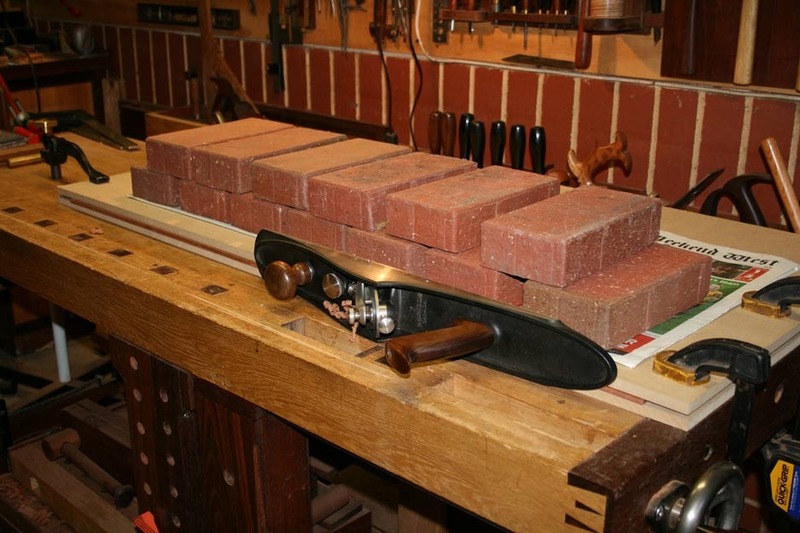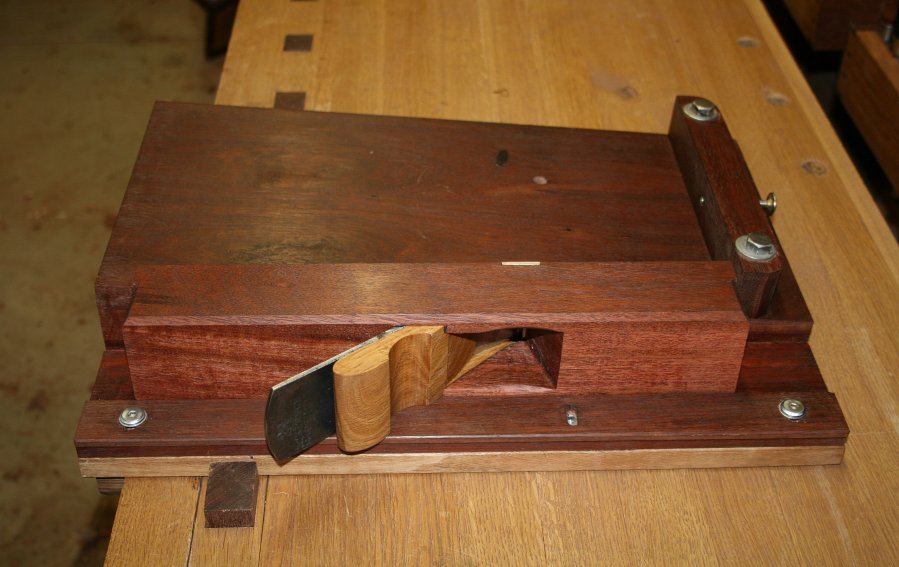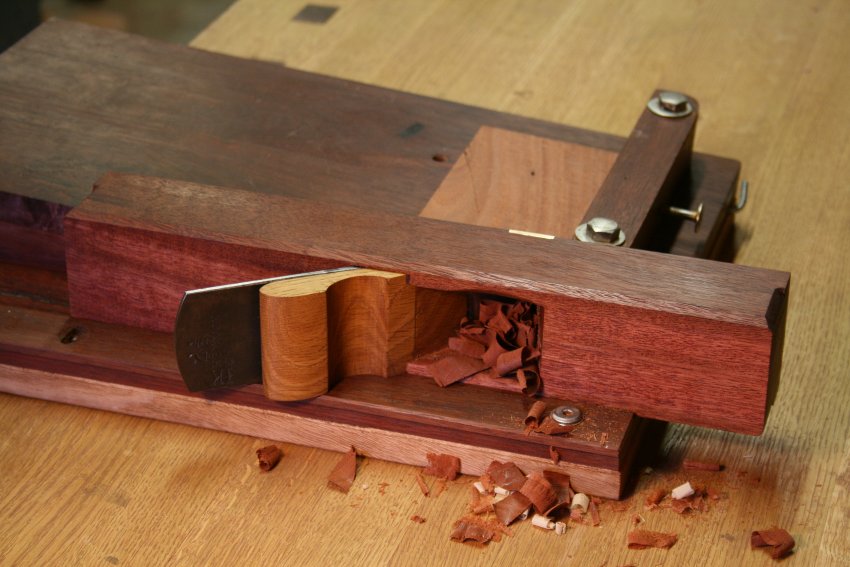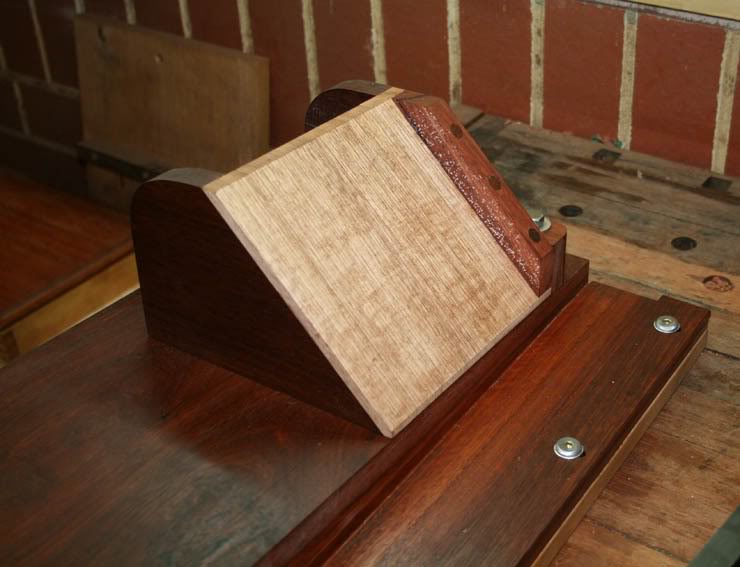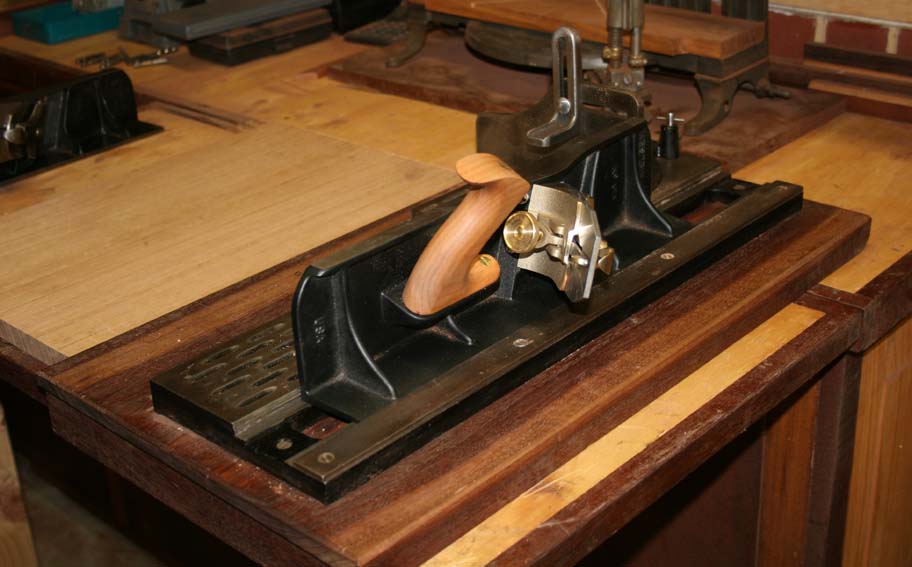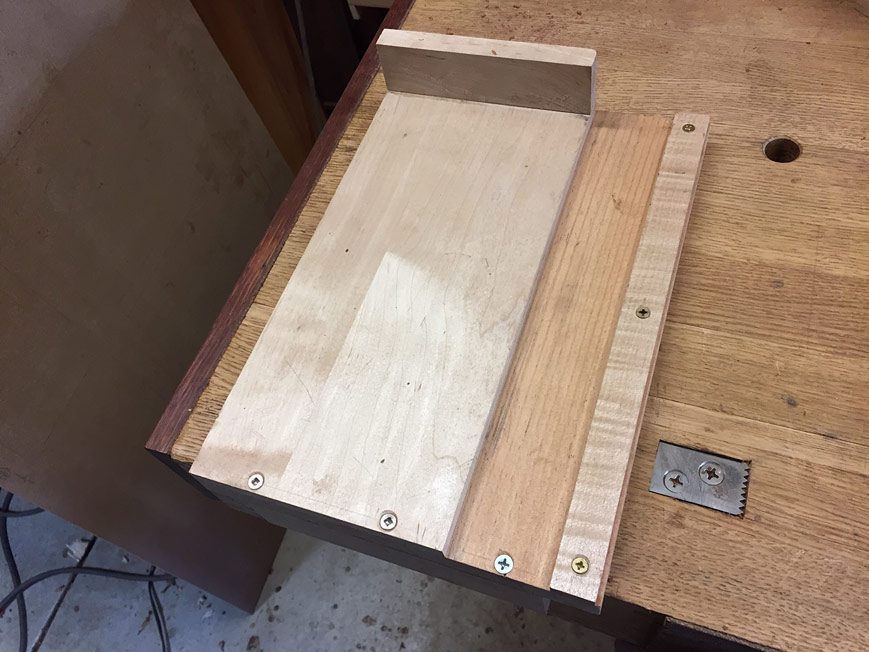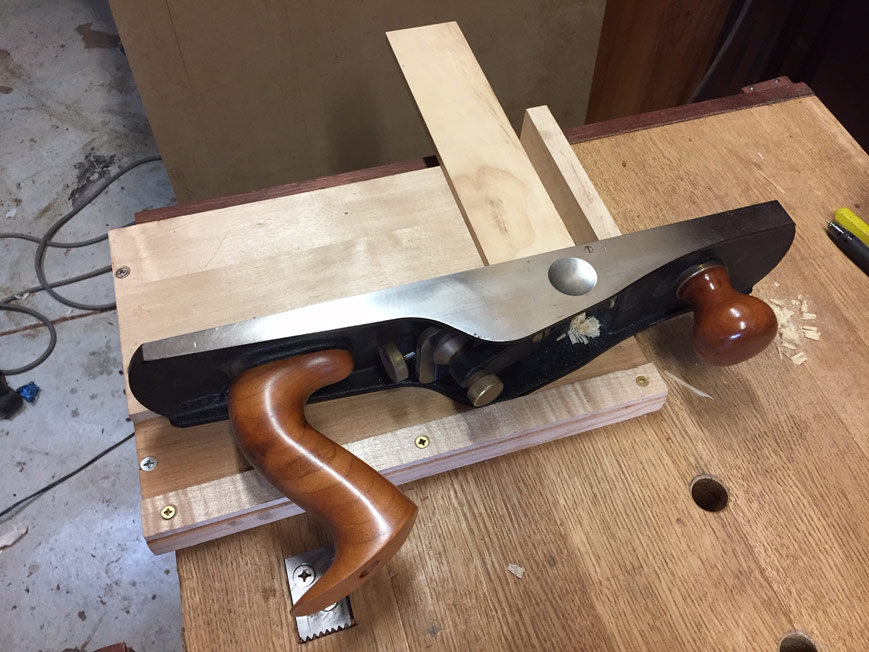weekend_woodworker
Established Member
I recently made my first shooting board, which I was very proud of, unfortunately it doesn't seem to be as square as I think it should be and I am not quite sure why, so I was hoping others with more wisdom and experience might offer some advice. I made the board with two bits of decent birch ply. I have been using my Record No 7 with it, but as you can see from the picture it is not quite square when on its side.


I wasn't sure if it was the plane being slightly out of square, so tried it with the No. 4 1/2 I recently got back to working order and that is out also. Finally I tried it with my No. 5 and that also seems to be out.

The No 4 1/2 and 5 seem to be less out than the No 7. Has anybody experienced anything like this? Do you know what the cause was and more importantly how to fix it?
Many thanks,
Mark


I wasn't sure if it was the plane being slightly out of square, so tried it with the No. 4 1/2 I recently got back to working order and that is out also. Finally I tried it with my No. 5 and that also seems to be out.

The No 4 1/2 and 5 seem to be less out than the No 7. Has anybody experienced anything like this? Do you know what the cause was and more importantly how to fix it?
Many thanks,
Mark

































